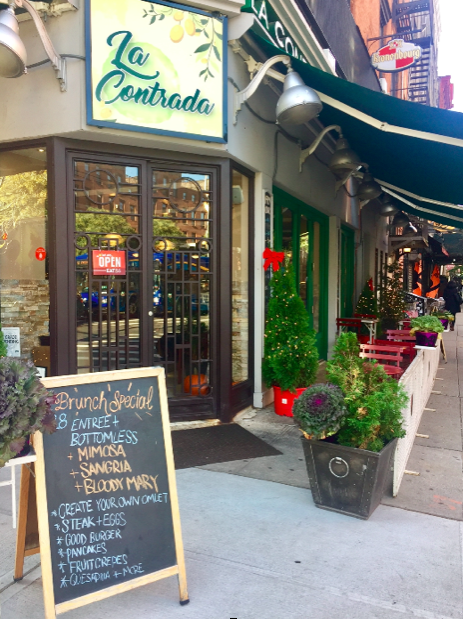On weekends, “bottomless” bellinis and mimosas are a Manhattan tradition for both tourists and locals. The future of this tradition, however, may be uncertain.
On September 19, East Village resident Robert Halpern filed a lawsuit challenging the legality of “bottomless brunch,” a practice in which restaurants offer limitless alcohol for set fees during breakfast and lunch hours.
Filed against the New York State Liquor Authority (SLA), the suit states that “bottomless brunch” violates the Alcoholic Beverage Control Law’s ban on serving unlimited drinks. Halpern’s lawsuit seeks to overturn a 2014 case that established an exception for brunch, according to court records. If successful, this lawsuit could outlaw the “bottomless” brunch deal for Manhattanites.
The 2014 verdict ruled that the unlimited service of alcoholic beverages is acceptable “when the service of alcohol is incidental to the event.” This ruling declared brunch an “event,” according to a New York Hospitality Alliance press release.
Halpern sees the lawsuit as part of an escalating conflict especially visible in the East Village and the Lower East Side, which Community Board 3 (CB3) presides over.
The conflict concerns liquor license density, which is the concentration of liquor-serving establishments in a given area — one license for every 1,000 to 3,000 people is often ideal, according to various state liquor associations.
Halpern suggests that the issue underpinning his lawsuit is “excessive licensing,” which refers to a high saturation of liquor-serving businesses in an area. The zip codes that compose most of CB3’s jurisdiction — 10009 and 10002 — are home to 546 active on-premise liquor licenses, according to the SLA’s public data.
“You can’t stop at bottomless brunches,” Halpern said. “There’s also the 500 Foot Rule, which is continually violated.”
The SLA’s 500 Foot Rule stipulates that when there are three or more on-premise liquor licenses within the 500 foot radius of a proposed business, potential licensees must prove that they operate in the “public interest.” CB3 is responsible for holding its licensing committee and their licensees to the 500 Foot Rule.
The “on-premise” distinction matters, according to Jason Cook, manager of September Wine & Spirits. Off-premise licenses designate alcohol as a retail endeavor, while on-premise licenses allow both the sale and consumption of alcohol at the business itself, he said.
Activist Diem Boyd, who founded the LES Dwellers Block Association, a group of residents’ advocates, suggests licensing should be rooted in public health issues.
“This is the only industry where we have to ask, ‘What happens when there’s too many?” Boyd said.
Sigmund Shipp, a professor of urban studies at Hunter College, expressed concern about the connection between liquor license density and public health at a September 12 panel before CB3’s Transportation, Public Safety, & Environment Committee. Shipp said excessive noise has been shown to increase anxiety, insomnia, and hypertension among local residents, according to a six-week study of “Hell Square,” a 24-block nightlife district in the Lower East Side.
CB3 member Karlin Chan supports Halpern’s lawsuit.
“I hope he wins and sets a precedent, then maybe [the SLA] will be more concerned with residents’ issues,” Chan said.
No businesses named in the lawsuit responded to requests for comment.
For Chan, the root of the problem is simple.
“Alcohol pays,” he said.
